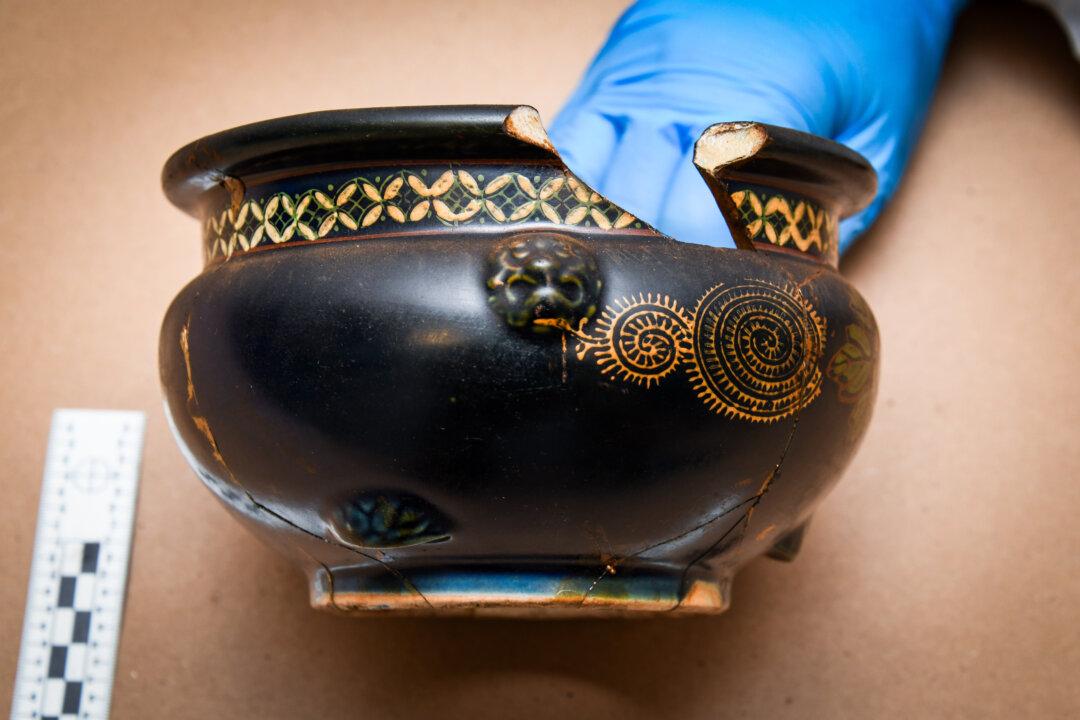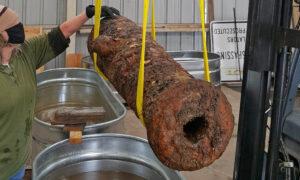A number of historic Japanese artifacts allegedly looted from Okinawa Island in the dying days of World War II have been returned home to Japan after a family from Massachusetts discovered 22 items in their late father’s attic.
In a March 15 report, the FBI revealed that the artifacts were missing for nearly 80 years until the FBI Boston Field Office received a message from a Massachusetts family who found what they described as “valuable Asian art” among the belongings of their deceased father, who had served in WWII.
“There were some scrolls; there were some pottery pieces; there was an ancient map,” Mr. Kelly said.
“They looked old and valuable. And because of this, they did a little research and they determined that at least the scrolls had been entered about 20 years ago in the FBI’s National Stolen Art File.”
Among the treasure trove of items found in Massachusetts were six painted scrolls from the 18th and 19th centuries, a hand-drawn map of Okinawa from the 19th century, and various pieces of pottery and ceramics.
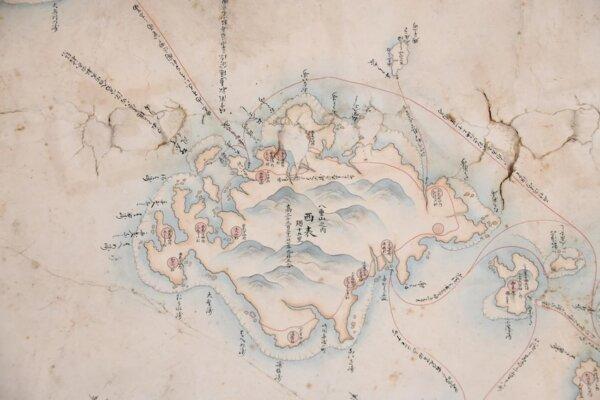
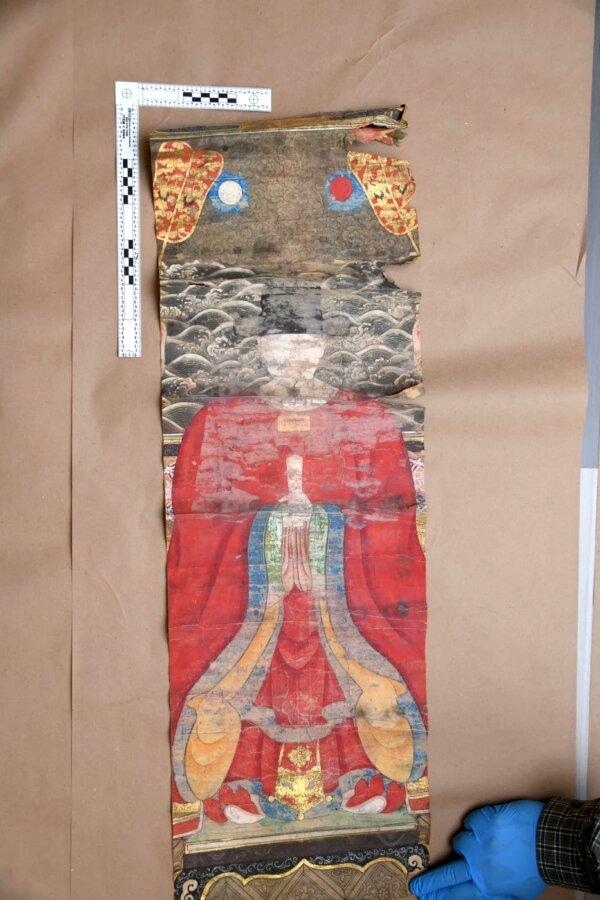
A typewritten letter was also found with the artifacts, confirming that they were looted during the last days of WWII following the bloody Battle of Okinawa, which finished in June 1945. The war ended only a few months later, in September 1945.
No further details were shared by the FBI about who took the items or when. The deceased veteran who was in possession of them served in WWII but not in the Pacific Theater or the Battle of Okinawa.
According to the FBI, the stolen items are especially important because they depict Okinawan royalty and serve as pieces of cultural identity. Together, they “represent a substantial piece of Okinawan history.”
“A nation’s cultural identity is really summed up in the artifacts and the history. This is what makes a culture. And without it, you’re taking away their history,” Mr. Kelly said.
“It’s really important for us as stewards of artifacts and cultural patrimony to make every effort that we can to see that these go back to the civilizations and the cultures in the countries where they belong.”
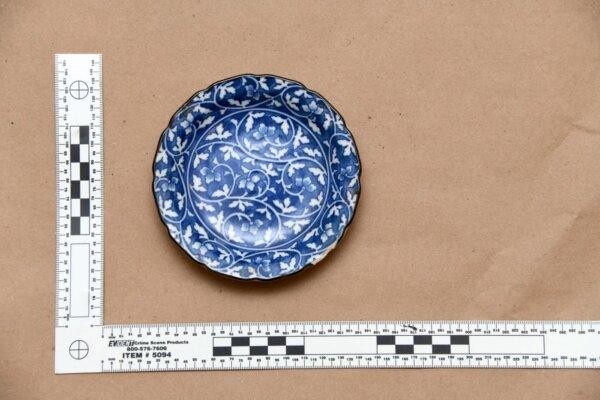
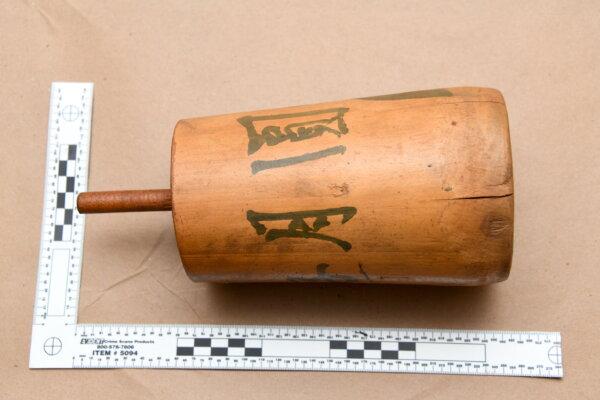
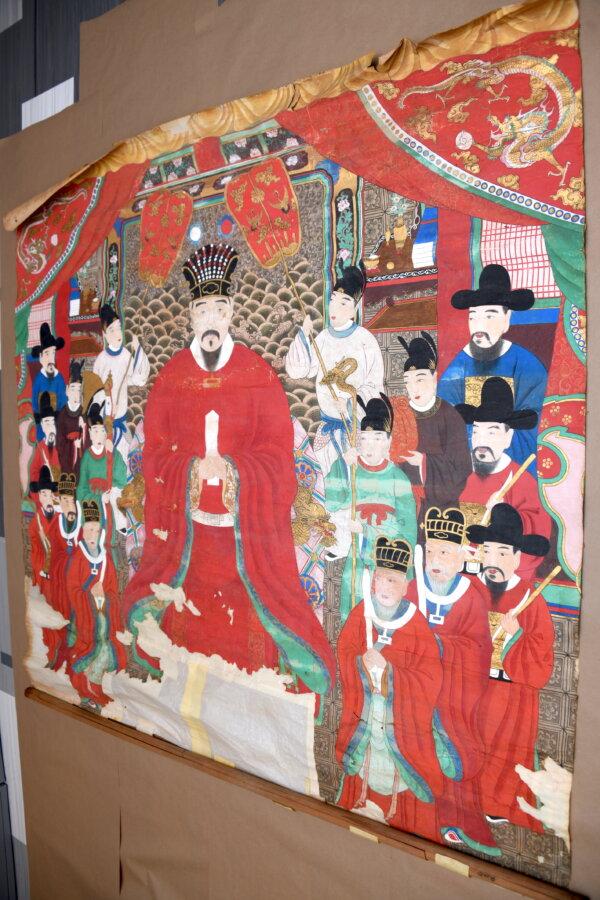
The FBI legal attache office in Tokyo was responsible for returning the artifacts. On March 15, the official handover took place, and Denny Tamaki, governor of Okinawa Prefecture, announced the return of the items, with a formal repatriation ceremony set for a later date.
According to the FBI’s National Stolen Art File, several Okinawan artifacts, including various portraits of Okinawan royalty, are still missing.
“I think one of the biggest takeaways from this entire investigation is the fact that in this case, the family did the right thing. They had some questioned artifacts that they thought might not belong here in this country,” Mr. Kelly said.
“They checked the National Stolen Art File. And when they realized that they may have been looted cultural property, they did what they should have done, which is call the FBI. And we’re very grateful for them for all the assistance they gave us.”
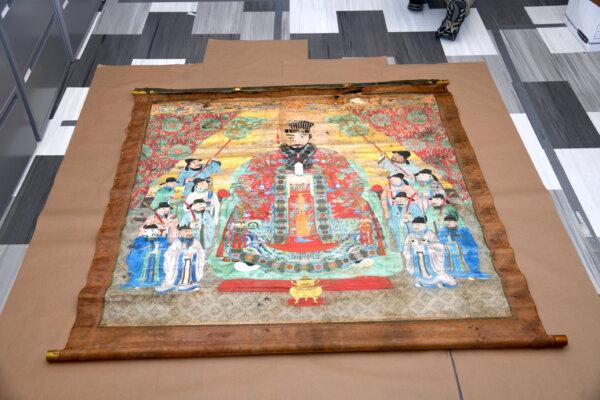
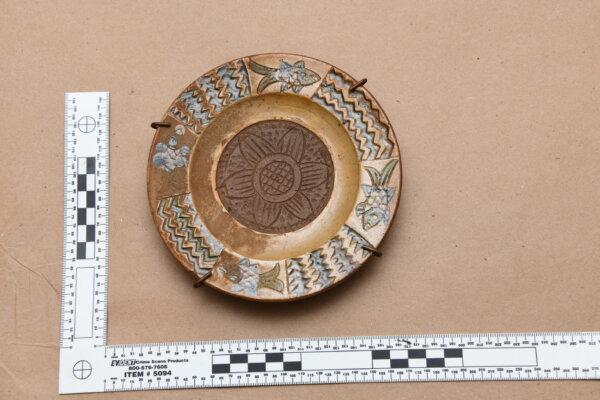
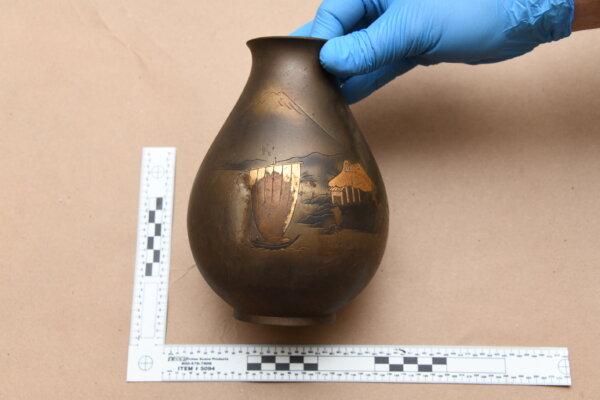
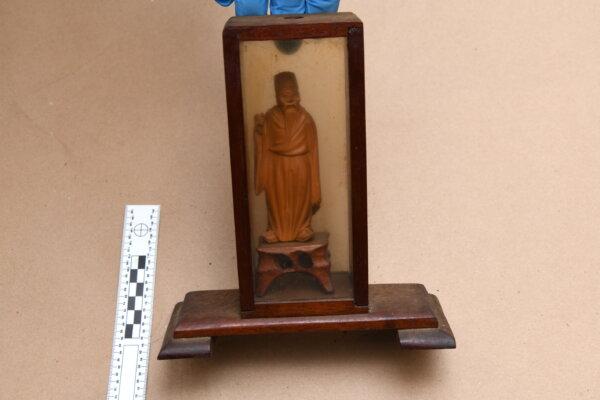
Many such artifacts—including priceless swords with many years of history attached—were taken from Japan following the war.
One of the more famous is the Honjo Masamune sword, considered a national treasure in Japan. It was taken from a police station in Tokyo in 1946 by a fictional representative of the Foreign Liquidations Commission of the Army Forces, listed as Sgt. Coldy Bimore.
The sword has been missing ever since.
